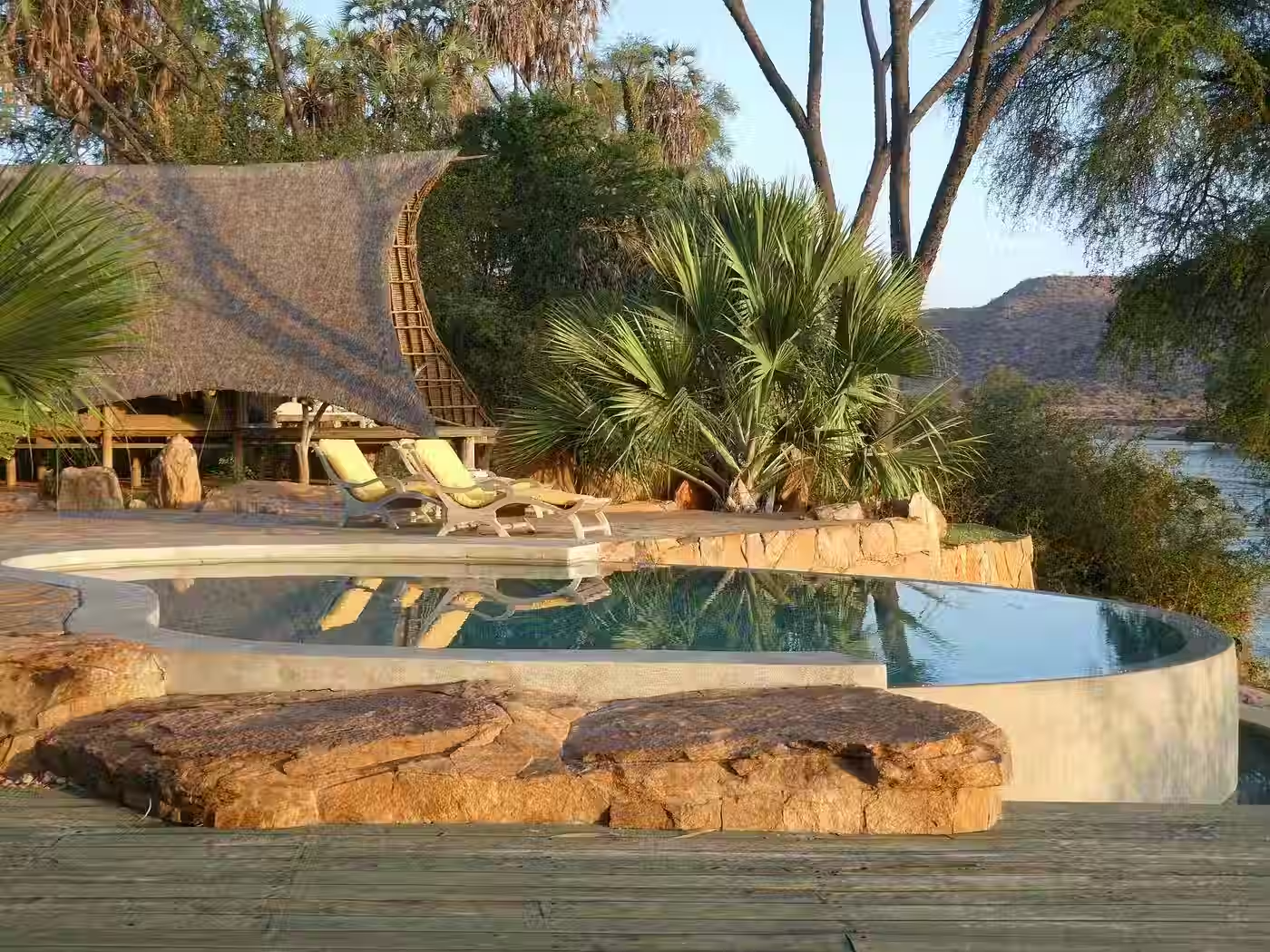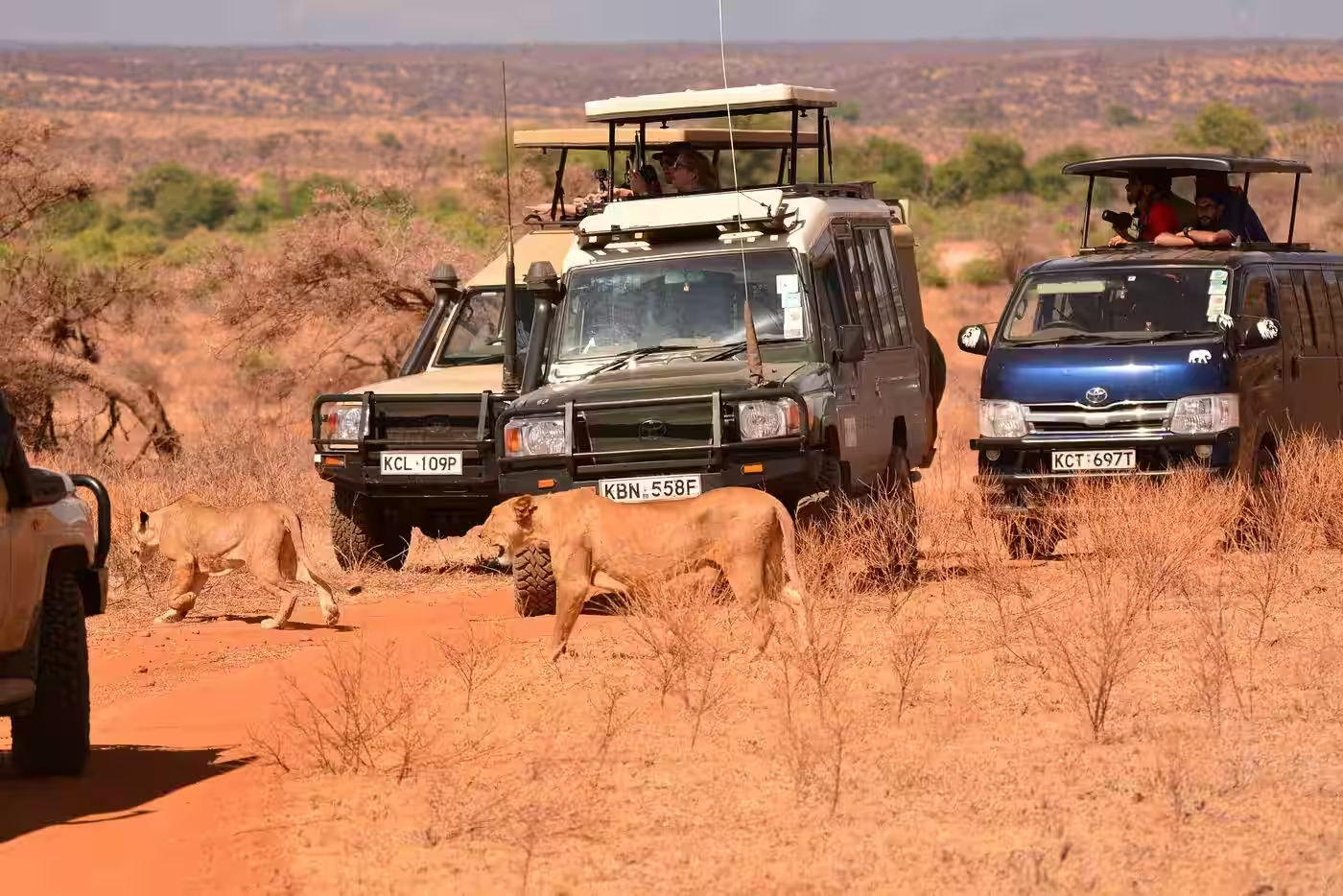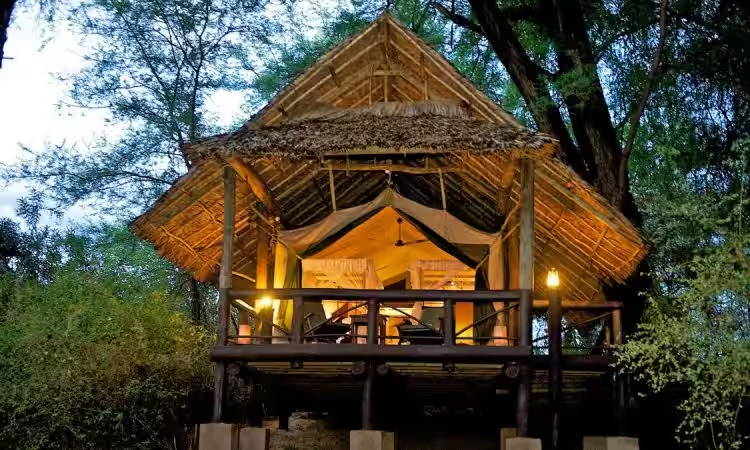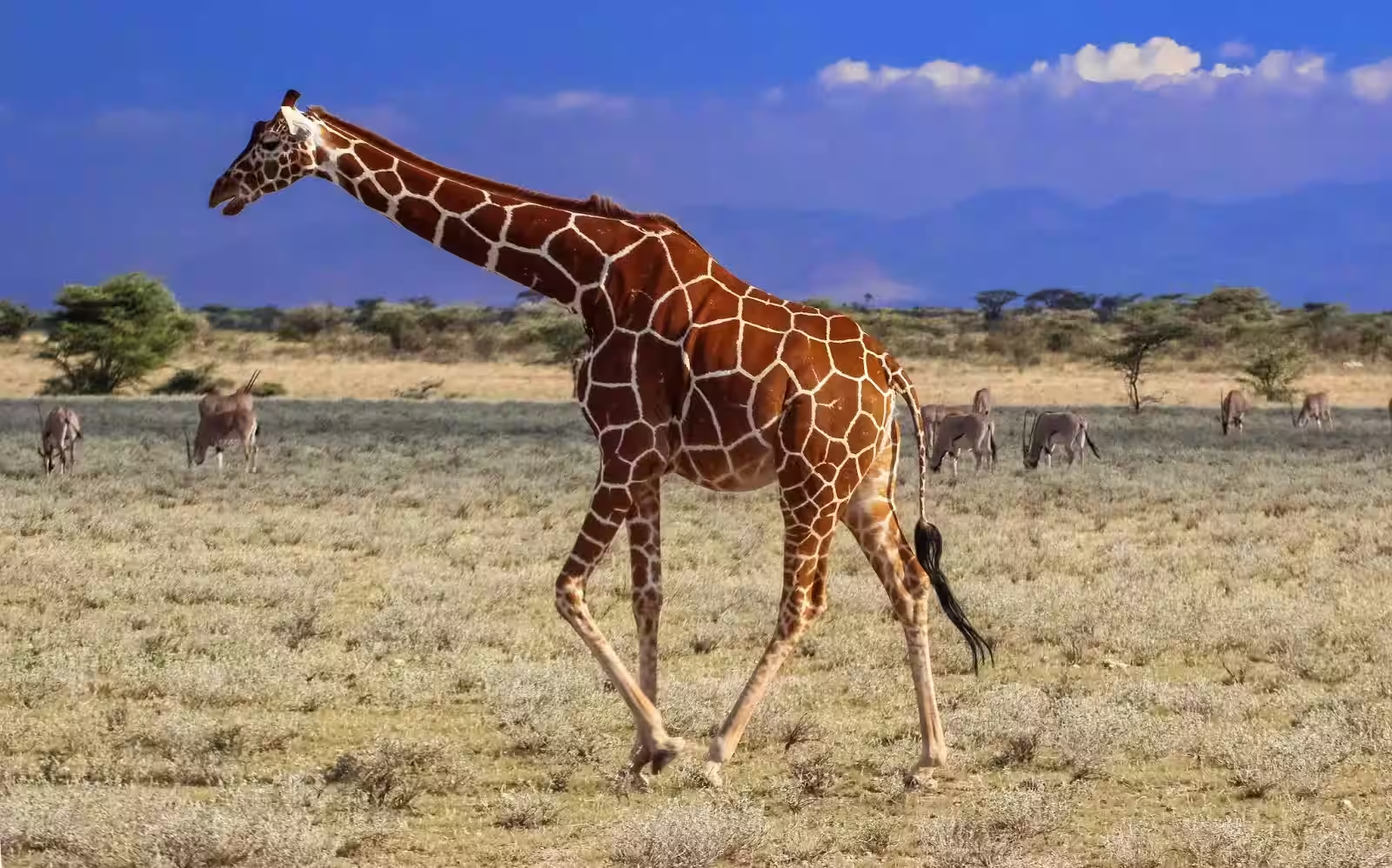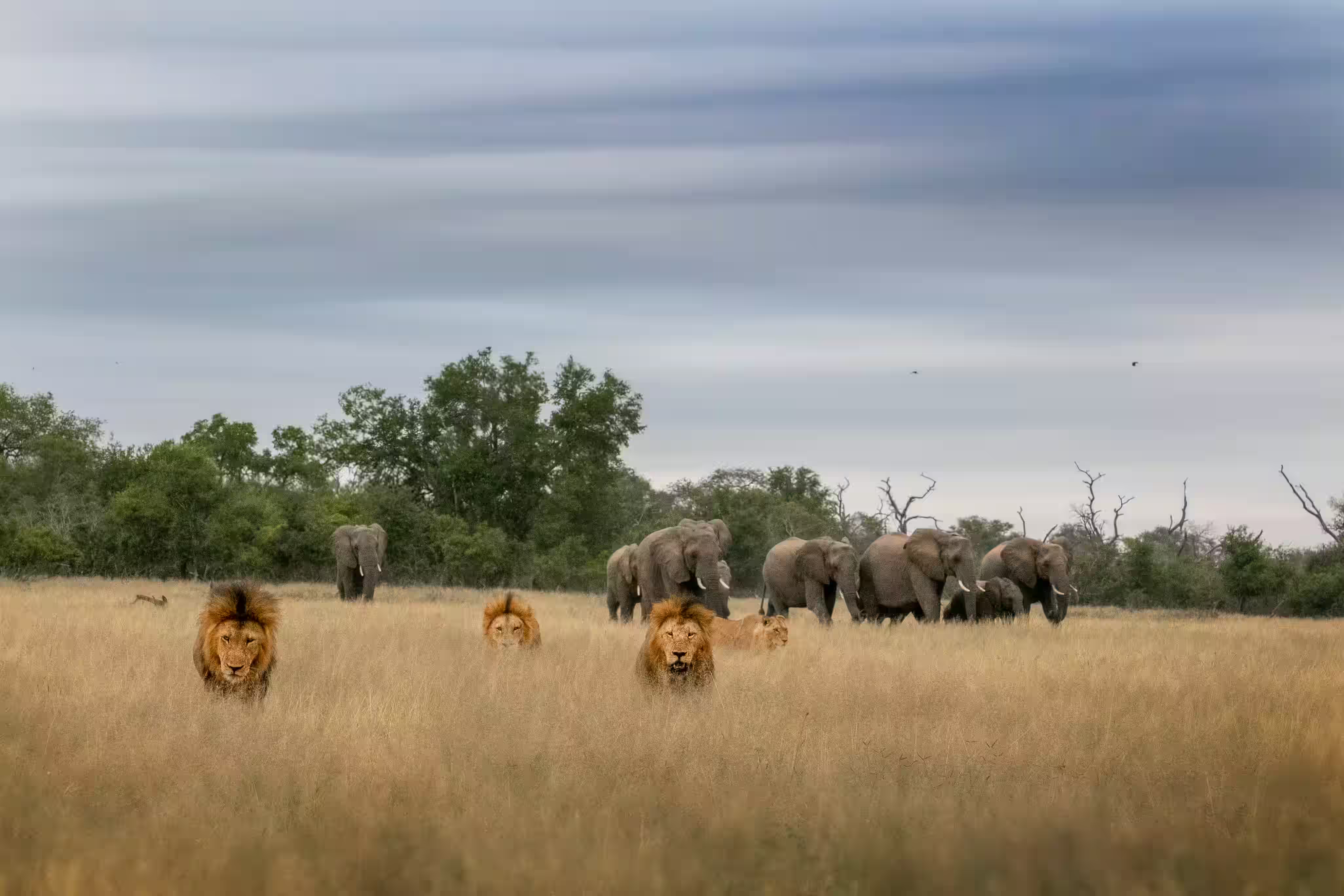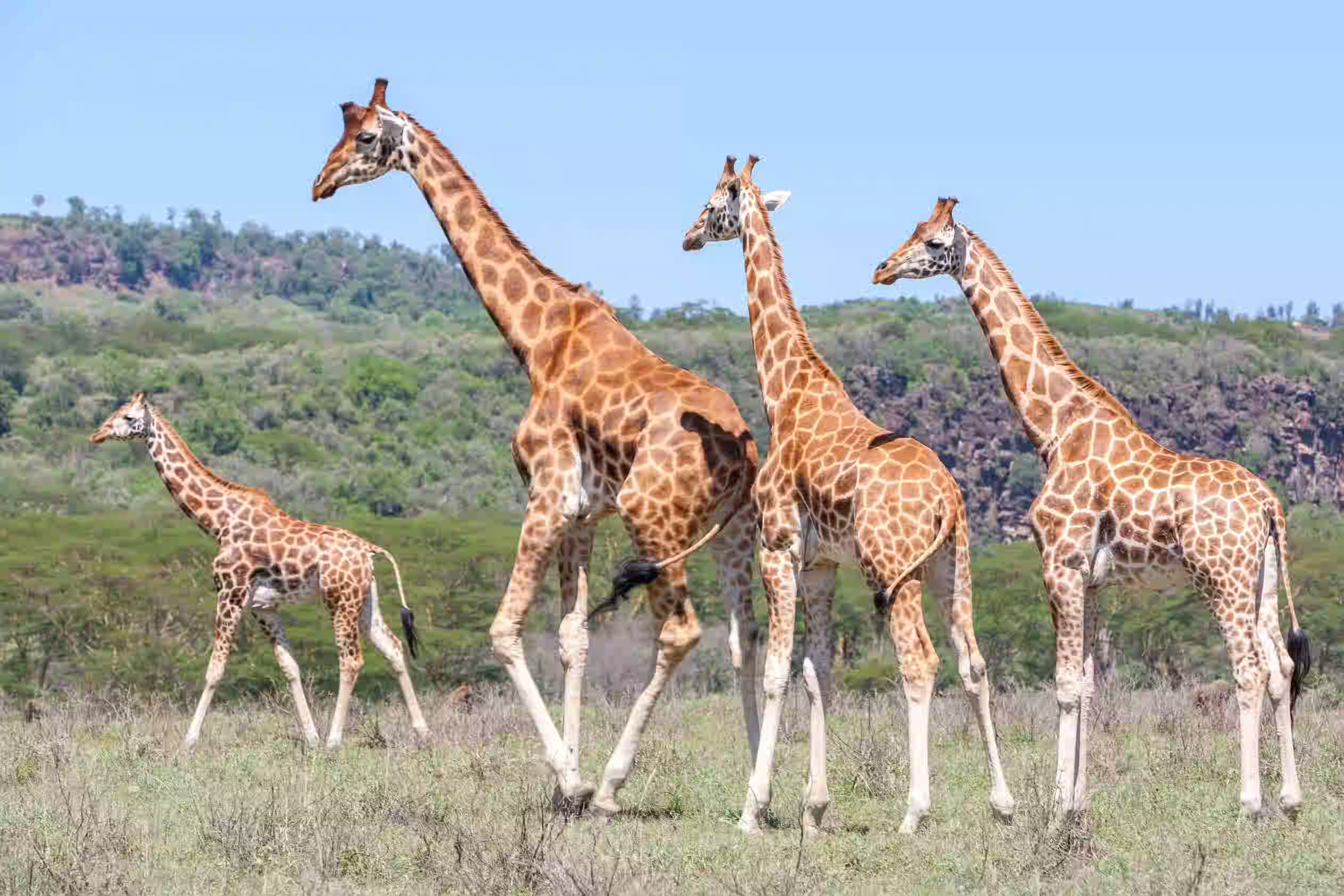Samburu
National Reserve
Introduction
Heard of the Special Five? Samburu National Reserve is renowned for being a natural habitat for the "Special Five" animals: Grevy’s zebra, Beisa oryx, Somali ostrich, reticulated giraffe, and gerenuk. Experience this and Samburu’s rich cultural heritage, where the Samburu people, a proud pastoralist community, are renowned for their colorful beadwork, marriage traditions, and ancient warrior rituals.
Untamed wilderness in the heart of Kenya. Samburu is a land full of breathtaking views of landscapes and rare wildlife. Samburu is known as home to the Special Five; Grevy’s zebra, reticulated giraffe, Beisa oryx, Somali ostrich, and gerenuk. With the River Ewaso Nyiro running through the arid savannah, it attracts elephants, leopards, and vibrant wildlife. Whether exploring the dramatic hills or soaking in the golden sunsets of Samburu, adventure is always at its fullest.
Location
Samburu National Reserve is located 310 km from Nairobi, covering a 6-7 hour scenic drive. For those who opt for flight , it is a short flight to the reserve with aerial views of the landscapes below. Home to the special five animals, your visit to Samburu National Reserve will be worthwhile.
Samburu Conservancies (cvn)
Kalama Conservancy is a community-owned conservancy and borders Samburu National Reserve in the north. The conservancy has striking landscapes and is rich in biodiversity and is home to high-end eco-lodges providing comfortable and luxurious accommodations. Animals found in the conservancy are elephants, leopards, and African wild dogs.
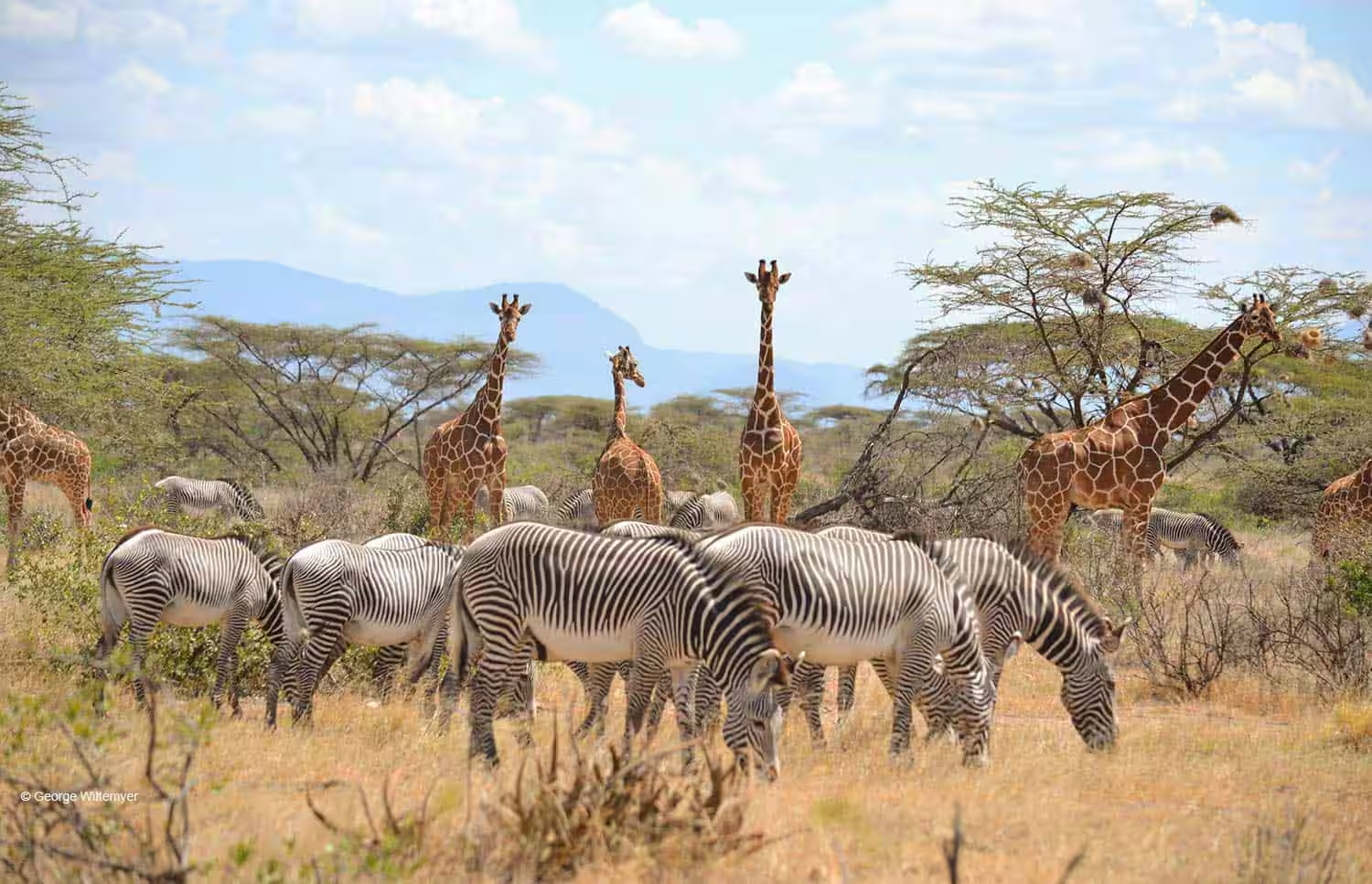
Located within Samburu National Reserve, Westgate Community Conservancy serves as a vital migration corridor for elephants, lions, and giraffes, and it is managed by the local Samburu community. The conservancy focuses on sustainable tourism, offering walking safaris and cultural experiences in the Samburu villages
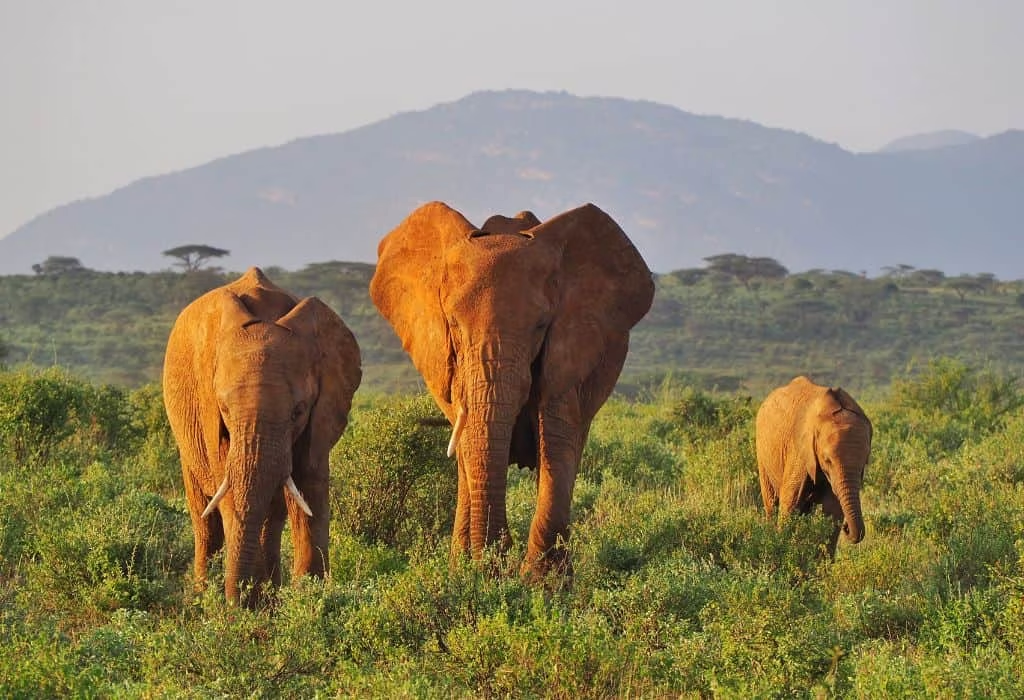
It borders Samburu National Reserve to the west, being a refuge for Grevy’s zebras, elephants, and leopards. While promoting wildlife conservation, it also gives to and promotes the community by supporting education and community development. Meibae offers a peaceful safari experience for visitors looking for exploration in untouched wilderness while being part of conservation efforts.
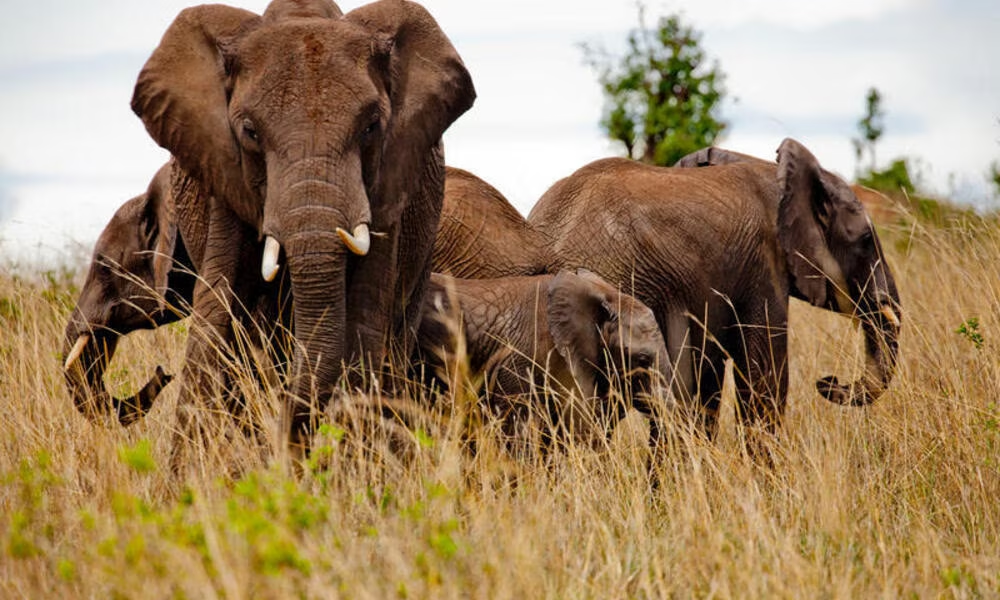
Samburu Camps & Lodges
( In & Around )
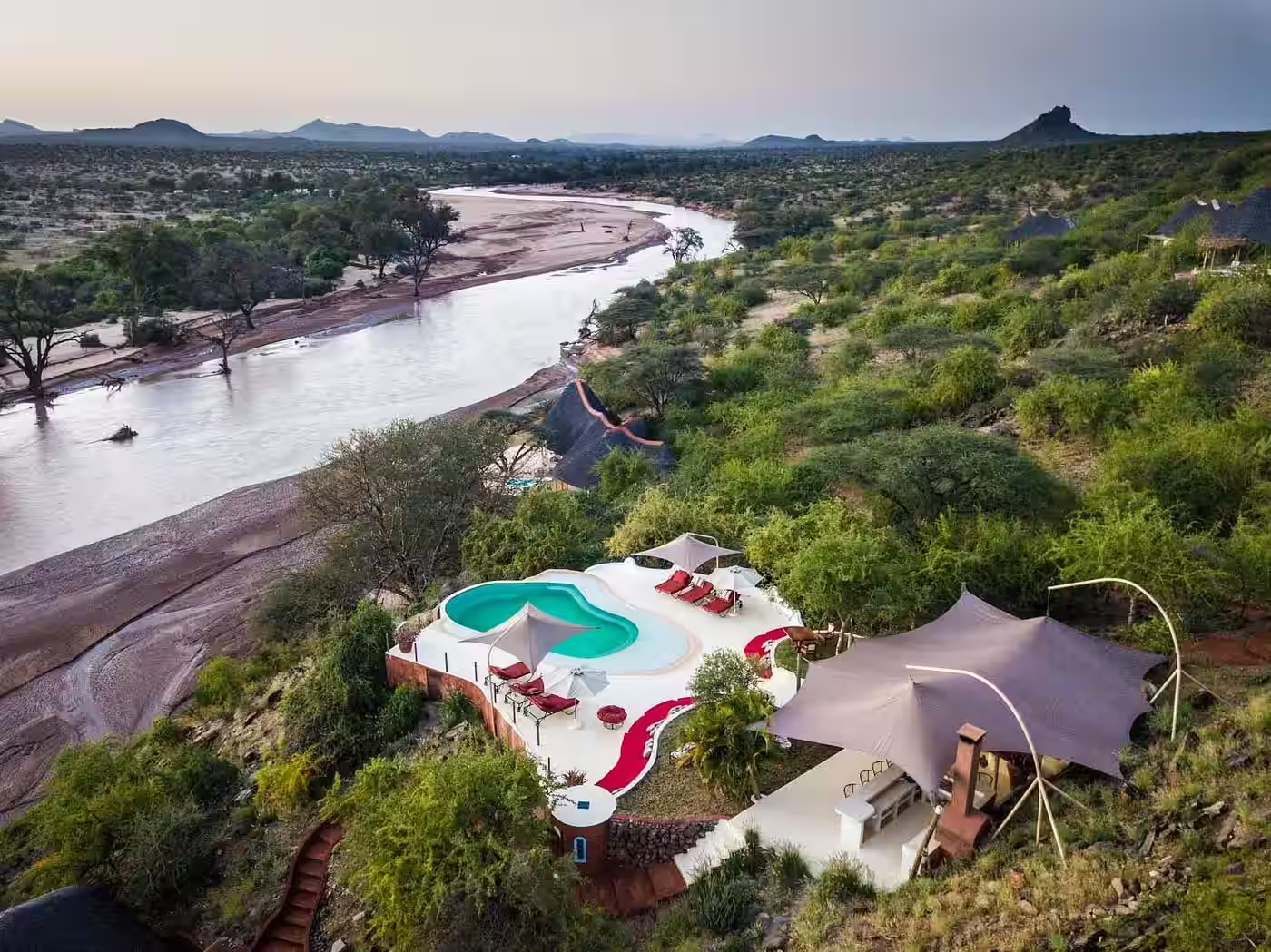
Sasaab Lodge
Inside
.avif)
Elephant Bedroom Lodge
Inside
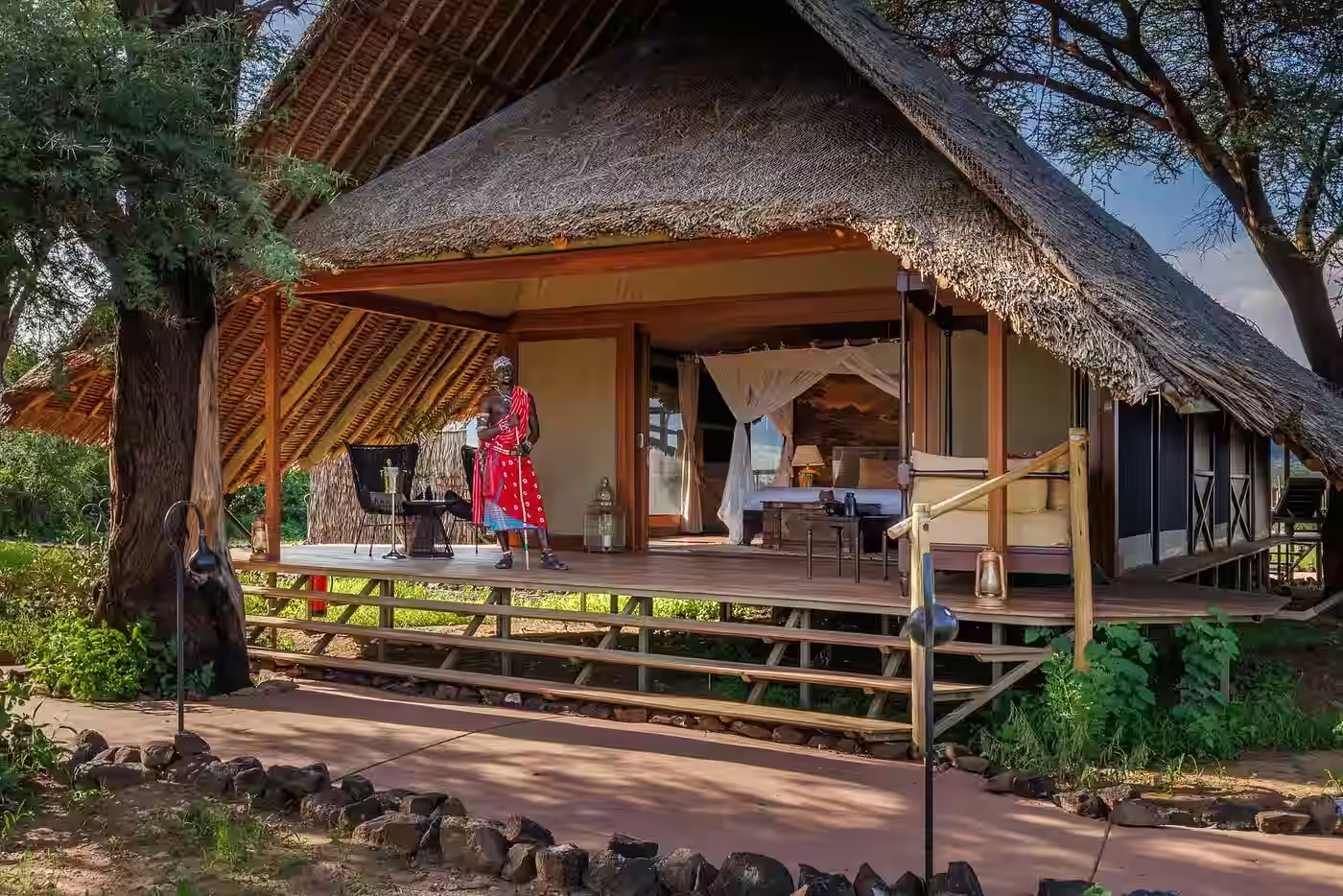
Soroi Larsens
Inside
.avif)
Saruni Samburu
Around
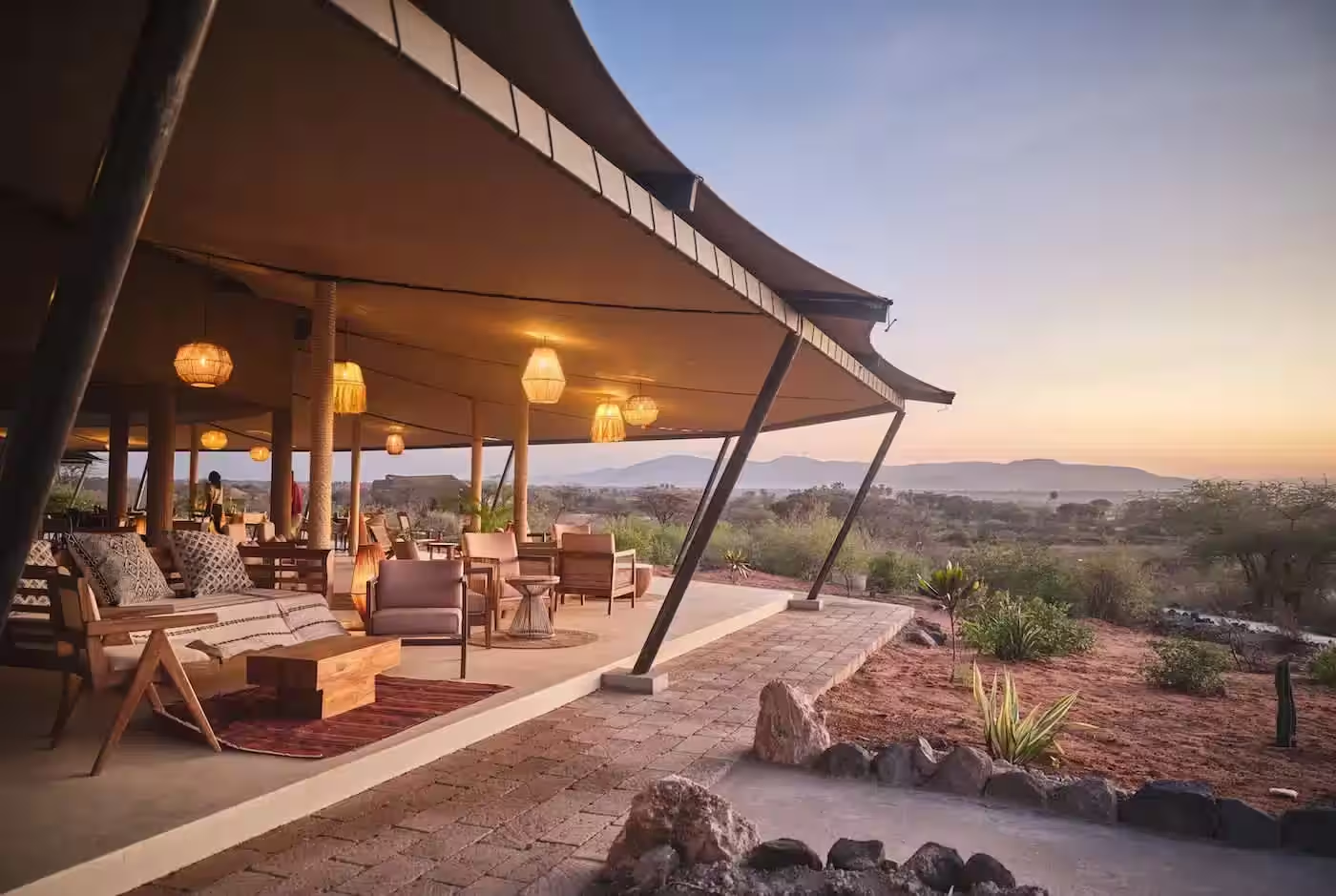
Surana Buffallo Lodge
Inside
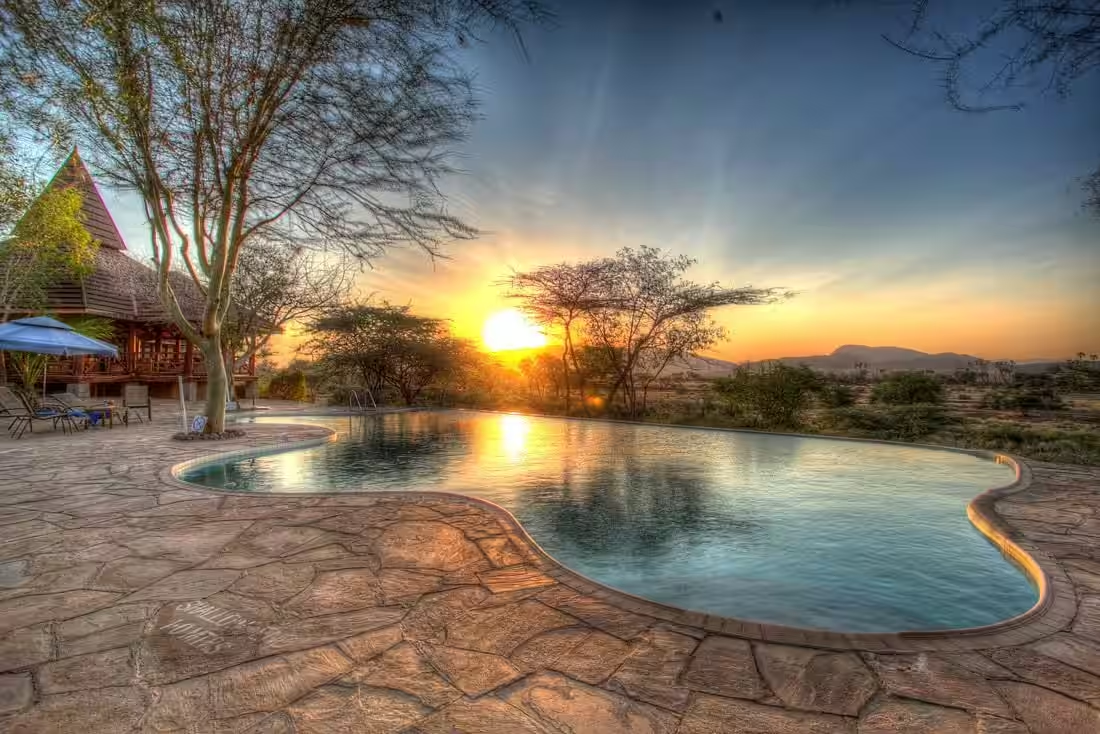
Samburu Simba Lodge
Inside

Ashnil Samburu Camp
Inside
.avif)
Samburu Sopa Lodge
Around
.avif)
Sarova Shaba Game Lodge
Inside
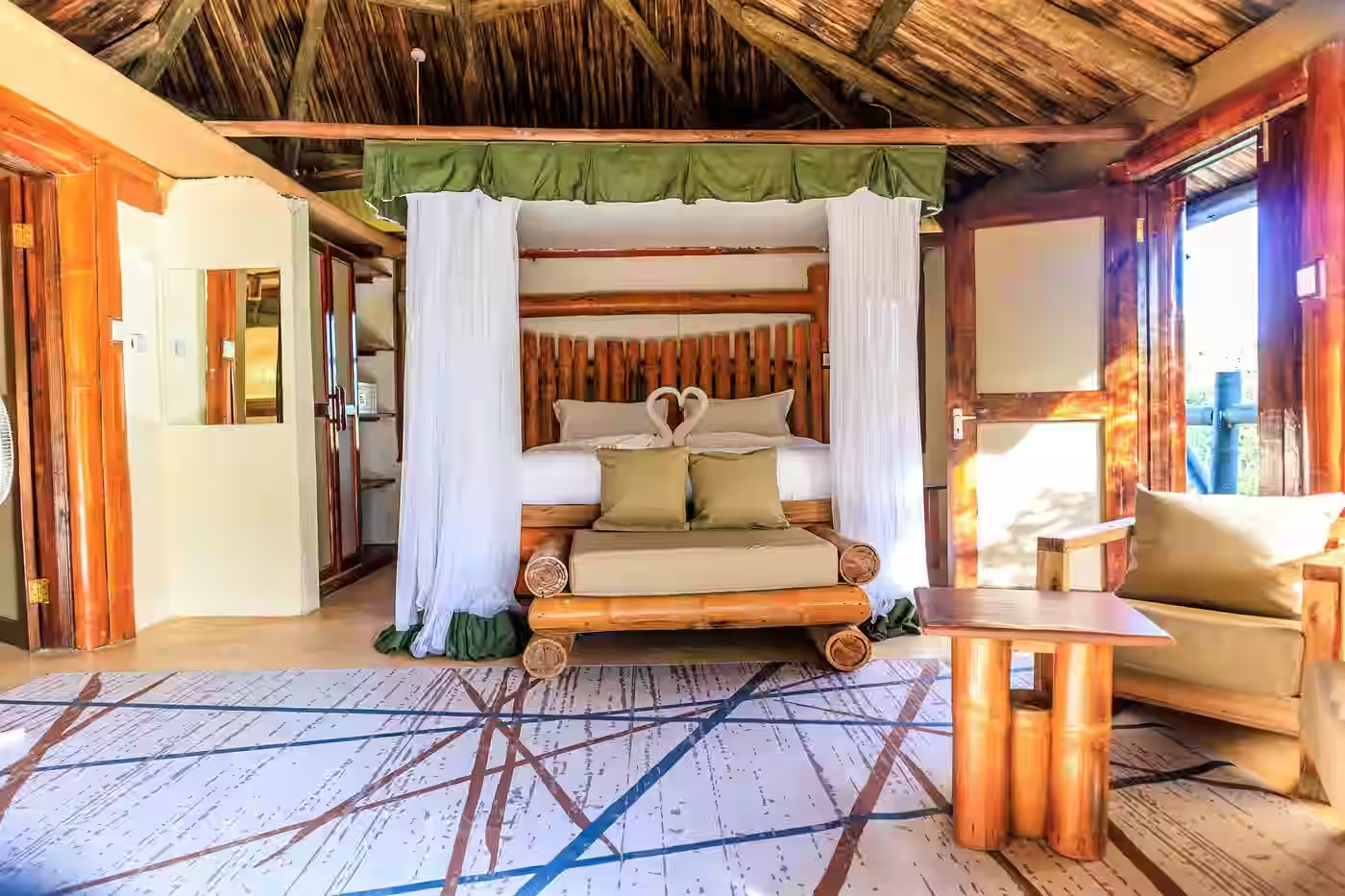
Samburu Elephant Lodge
Inside
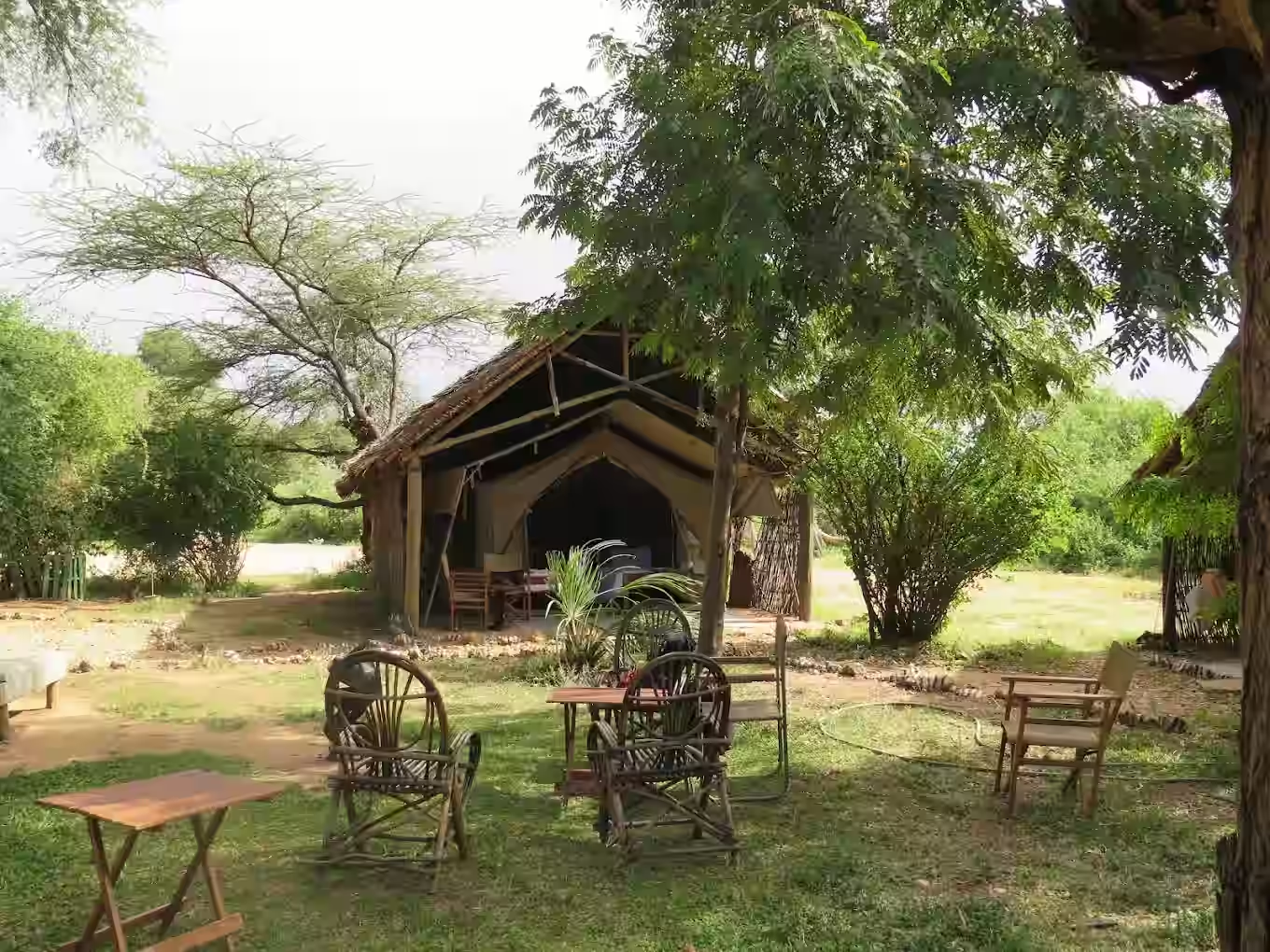
Samburu Riverside Camp
Inside
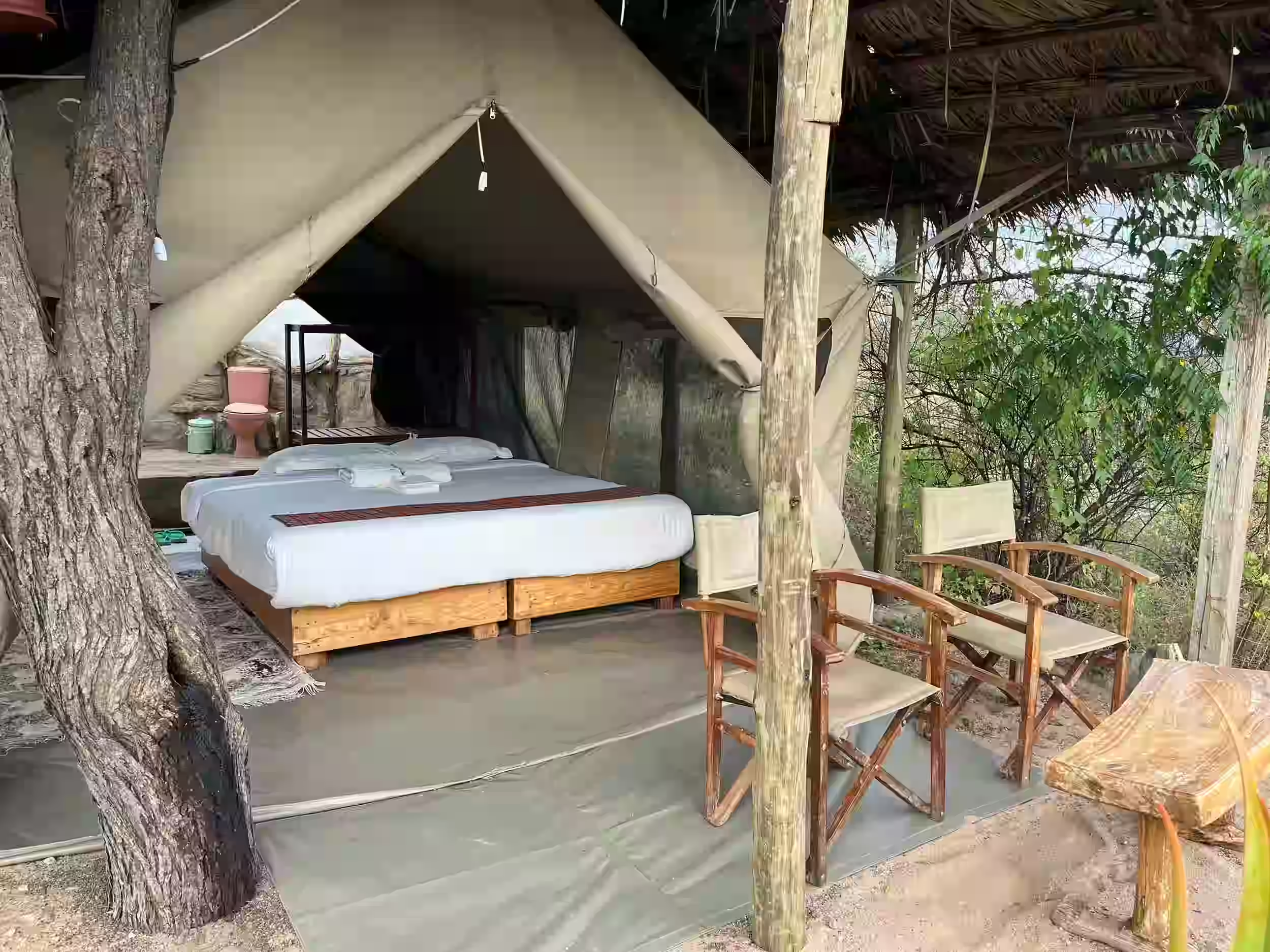
Lions Cave Camp
Around

Sasaab Lodge
Inside

Elephant Bedroom Lodge
Inside

Soroi Larsens
Inside

Saruni Samburu
Around

Surana Buffallo Lodge
Inside

Samburu Simba Lodge
Inside

Ashnil Samburu Camp
Inside

Samburu Interpids Tented Camp
Inside

Samburu Sopa Lodge
Inside

Sarova Shaba Game Lodge
Inside

Samburu Simba Lodge
Inside

Samburu Elephant Lodge
Inside

Samburu Riverside Camp
Inside

Lions Cave Camp
Around
Samburu Airstrips
Samburu Oryx Airstrip is at an altitude of 3,300 feet (1,006 meters), with Saruni Samburu Lodge located just a few minutes away from the airstrip in the heart of Samburu National Reserve. Departure time from the airstrip is around 10:00 AM and arrival time is 4:00 PM.
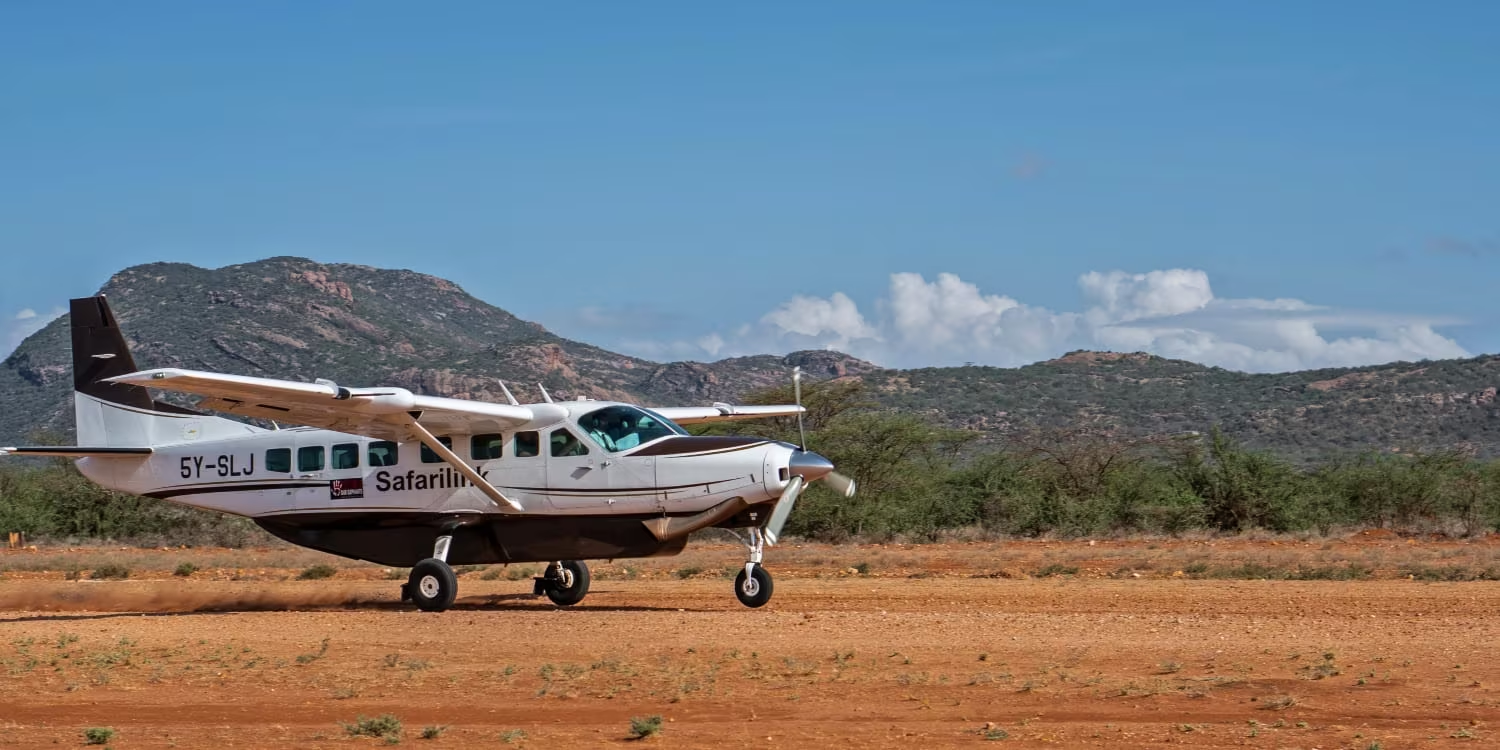
Buffalo Springs Airstrip is at an altitude of around 3,100 feet (945 meters), with it being in close proximity to the charming Ashnil Samburu Camp. Buffalo Spring arrival time is 10:45 AM and departure time is 4:00 PM, linking travelers with the rich diversity in wildlife in Buffalo Springs and Samburu.
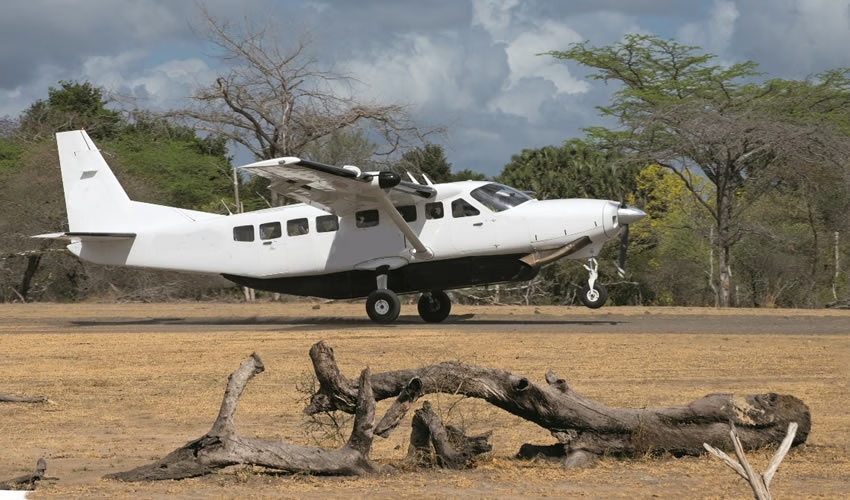
Kalama Airstrip is ideal for those heading to the exclusive Saruni Samburu, which is located near Kalama Conservancy. Arrival time is around 11:00 AM and departure time is 3:30 PM. Situated 3,500 feet (1,067 meters) up, Kalama Airstrip promises scenic escarpments and open plains.
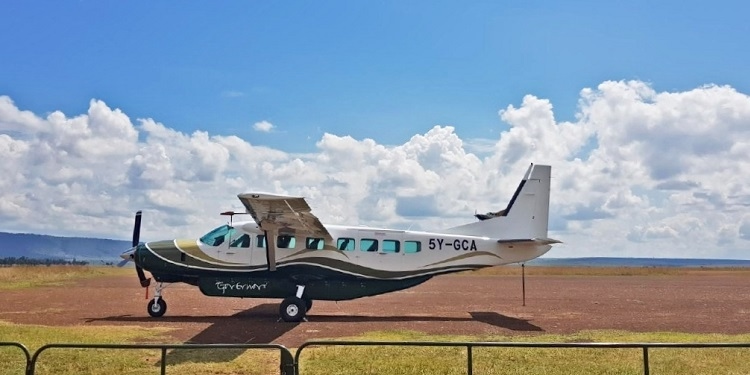
Kichwa Tembo Airstrip has an altitude of 4,951 feet (1,509 meters) above sea level, serving Kichwa Tembo Tented Camp, which is less than a kilometer away, taking a 2-minute drive. Touchdown is around 11:15 AM, while departure from the park is 10:00 AM. Other lodges it serves are Kilima Camp, Mpata Lodge, and Bateleur Camp.
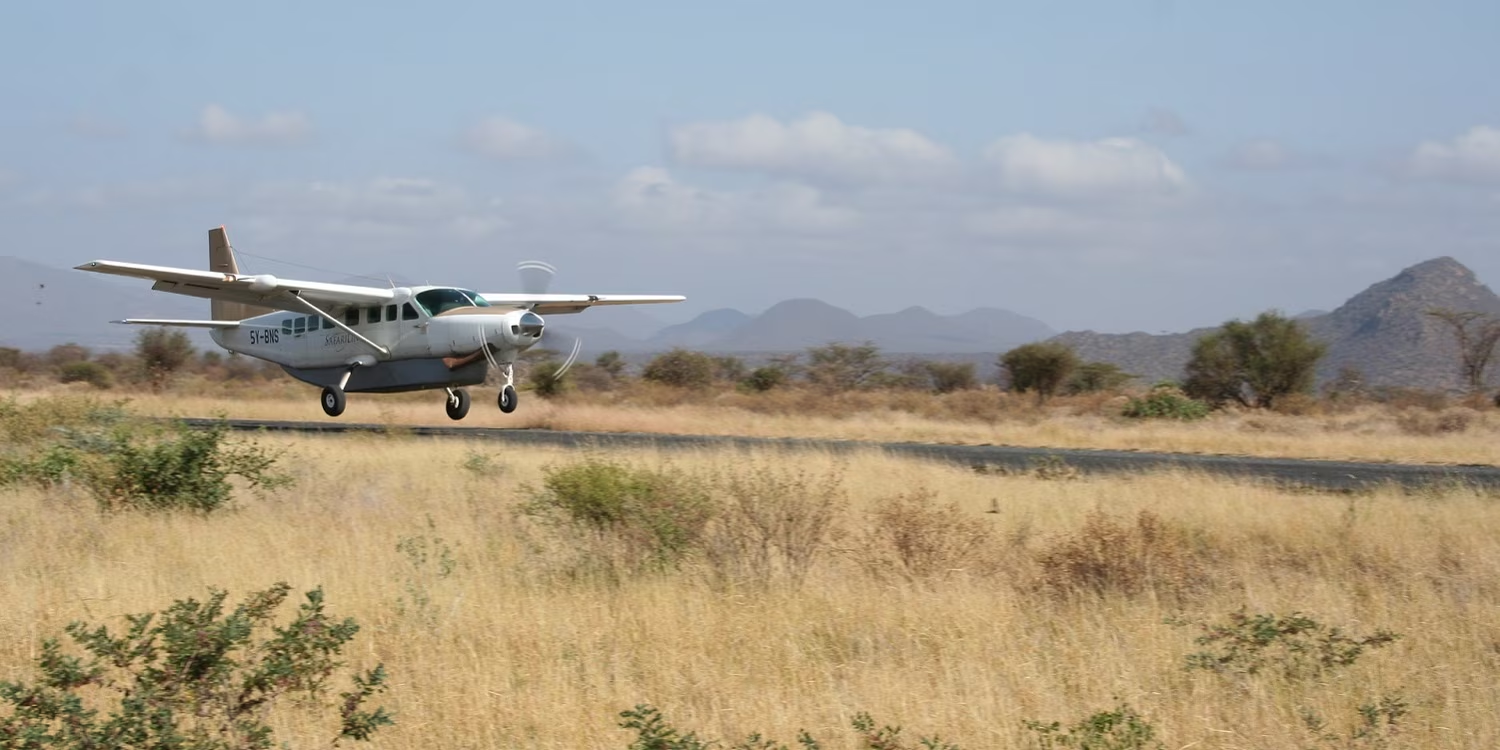
Samburu Airstrip is at an altitude of around 3,200 feet, with it being in close proximity with the charming and luxurious Saruni Samburu Lodge. Samburu Airstrip arrival time is 11:00 AM and departure time is 4:00 PM linking travelers with the rich diversity in wildlife at Tsavo West and the Kalama Conservancy.
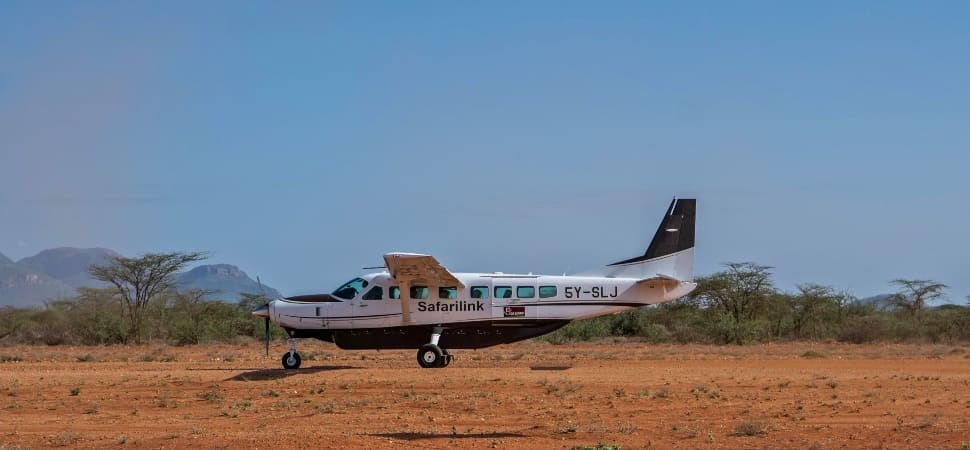
Samburu Wildlife

Special five
Grevy’s zebra, Reticulated giraffe, Beisa Oryx, gerenuk, Somali ostrich

Big cats
Lions, leopards, and cheetahs.

Common Animals
African elephants, buffalo, impala, Grant’s gazelle, waterbucks, crocodiles, hyenas, and wild dogs

Birds
Pygmy falcon, vulturine guineafowl, secretary bird, tawny eagle, and yellow-billed hornbill.
Safari Packages with Samburu
Samburu Common Activities

Loiniek Cultural Women Village Visit

Camel Safaris

Ewaso Nyiro River Exploration

Nature Walks & Guided Bush Walks

Sundowner Experiences

Photography Safaris

Bush Dining

Game Drives

Bird Watching

Camping & Overnight Stays
Samburu National Reserve FAQs
What is the best time to visit Samburu National Reserve?
From June to October and December to March is the best times to visit, as it is during the dry season. Consequently, wildlife gathers around water sources, making it easier to spot animals. However, the reserve is accessible year-round.
Do I need a guide to visit Samburu while self-driving?
Hiring a professional guide enhances the experience, helping you spot wildlife and understand the ecosystem.
What makes Samburu National Reserve unique?
It is an arid landscape and is home to the special five animals and a strong cultural heritage with community visits to the local villages.
What are the park’s operating hours?
The reserve is open from 6.00 am - 6.30 pm. Game drives are best done early in the morning and late in the afternoon.
Is Samburu suitable for family safaris?
Yes, it is a family-friendly reserve with lodges offering kid-friendly safari activities, cultural experiences, and educational programs. However, young kids should always be supervised.

%20(2).avif)



